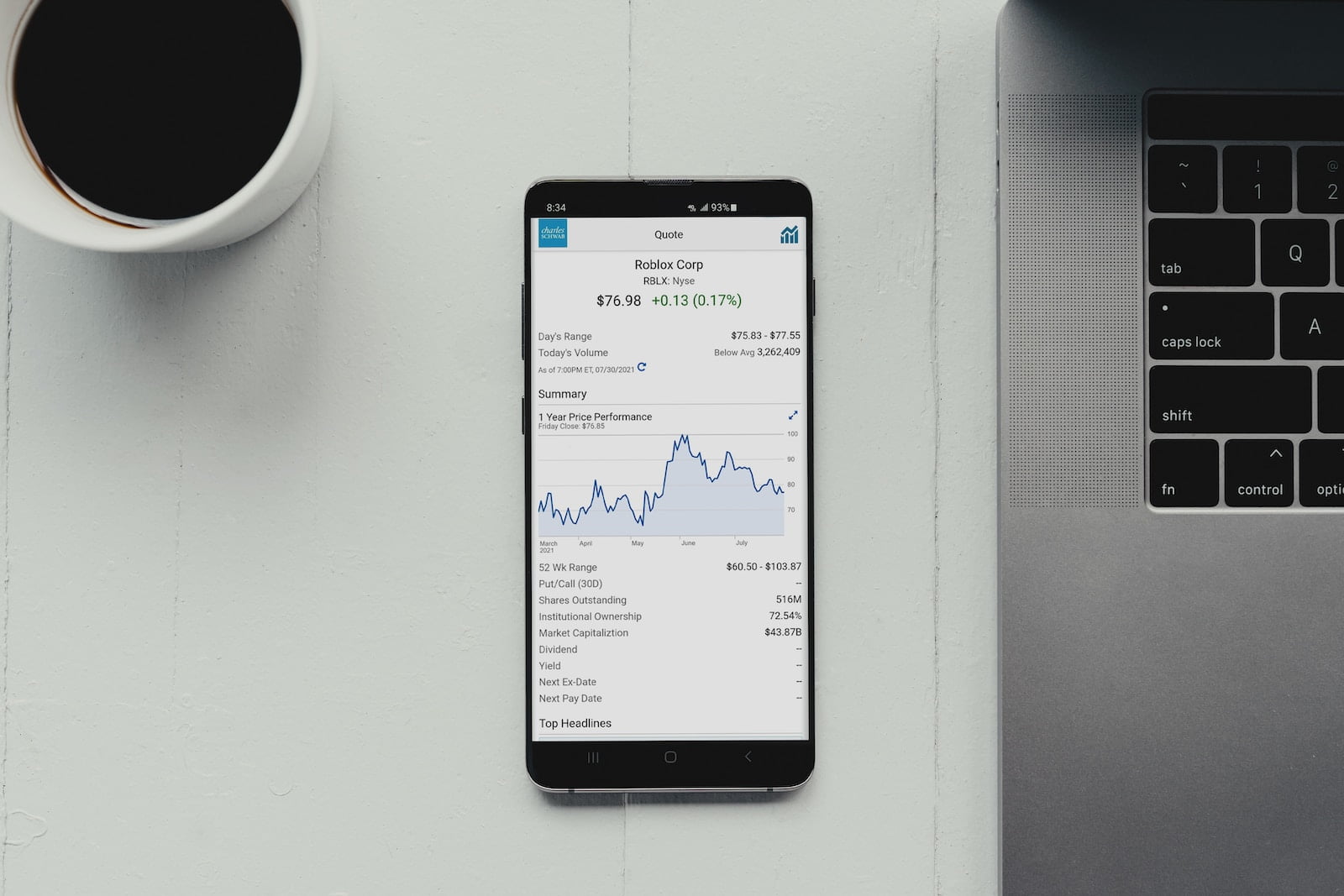In the competitive world of financial brokerage, staying ahead often means offering innovative trading solutions that meet the diverse needs of clients. White label trading solutions have emerged as a strategic and cost-effective way for brokers to provide a comprehensive suite of trading services. In this guide, we will explore the concept of white label trading solutions and why they have become a smart investment for brokers looking to expand their offerings and enhance their brand.
Chapter 1: Understanding White Label Trading Solutions
What is a White Label Solution?
Defining white label trading solutions in the context of brokerage.
How white labeling works and its key components.
White label platforms vs. in-house development.
Benefits of White Label Solutions
The advantages for brokers, including reduced development costs.
Faster time-to-market for new trading services.
Enhanced brand recognition and customer trust.
Chapter 2: Types of White Label Trading Solutions
White Label Trading Platforms
Providing clients with access to branded trading platforms.
Customizing user interfaces and features.
Support for various asset classes, including stocks, forex, and cryptocurrencies.
Liquidity Solutions
Access to liquidity pools and market makers.
Aggregated pricing and deep liquidity for improved trading conditions.
Enhancing trading execution speed and reliability.
Chapter 3: Building Your Brand with White Labeling
Customization and Branding
Tailoring the trading platform to align with your brand identity.
Adding broker-specific features and services.
Creating a unique user experience for clients.
Client Management and Support
Maintaining control over client relationships and support.
Leveraging white label solutions to offer tailored customer service.
Building trust and loyalty with clients.
Chapter 4: Cost Savings and Scalability
Cost-Effective Solution
Reducing development and infrastructure costs.
Avoiding the complexities of in-house platform development.
Optimizing resource allocation.
Scalability and Growth
Preparing for business expansion with scalable white label solutions.
Adding new services and features as your client base grows.
Streamlining operational processes.
Chapter 5: Risk Management and Compliance
Risk Control
Implementing risk management tools and features.
Monitoring and mitigating trading and operational risks.
Protecting clients and the brokerage from potential losses.
Regulatory Compliance
Navigating regulatory requirements with white label solutions.
Ensuring adherence to financial regulations and standards.
Staying up-to-date with evolving compliance needs.
Chapter 6: Real-World Success Stories
Case Studies
Examining real-world examples of brokers who have successfully leveraged white label solutions.
The impact on their business growth and brand reputation.
Lessons learned from their experiences.
Conclusion
White label trading solutions have evolved into a smart investment for brokers seeking to enhance their competitiveness and grow their business. By offering branded, customizable trading platforms and liquidity solutions, brokers can provide clients with a seamless trading experience while maintaining control over their brand identity and client relationships. As the financial industry continues to evolve, white label solutions remain a strategic tool for brokers looking to expand their service offerings, reduce costs, and position themselves for long-term success in the dynamic world of financial brokerage.

+ There are no comments
Add yours